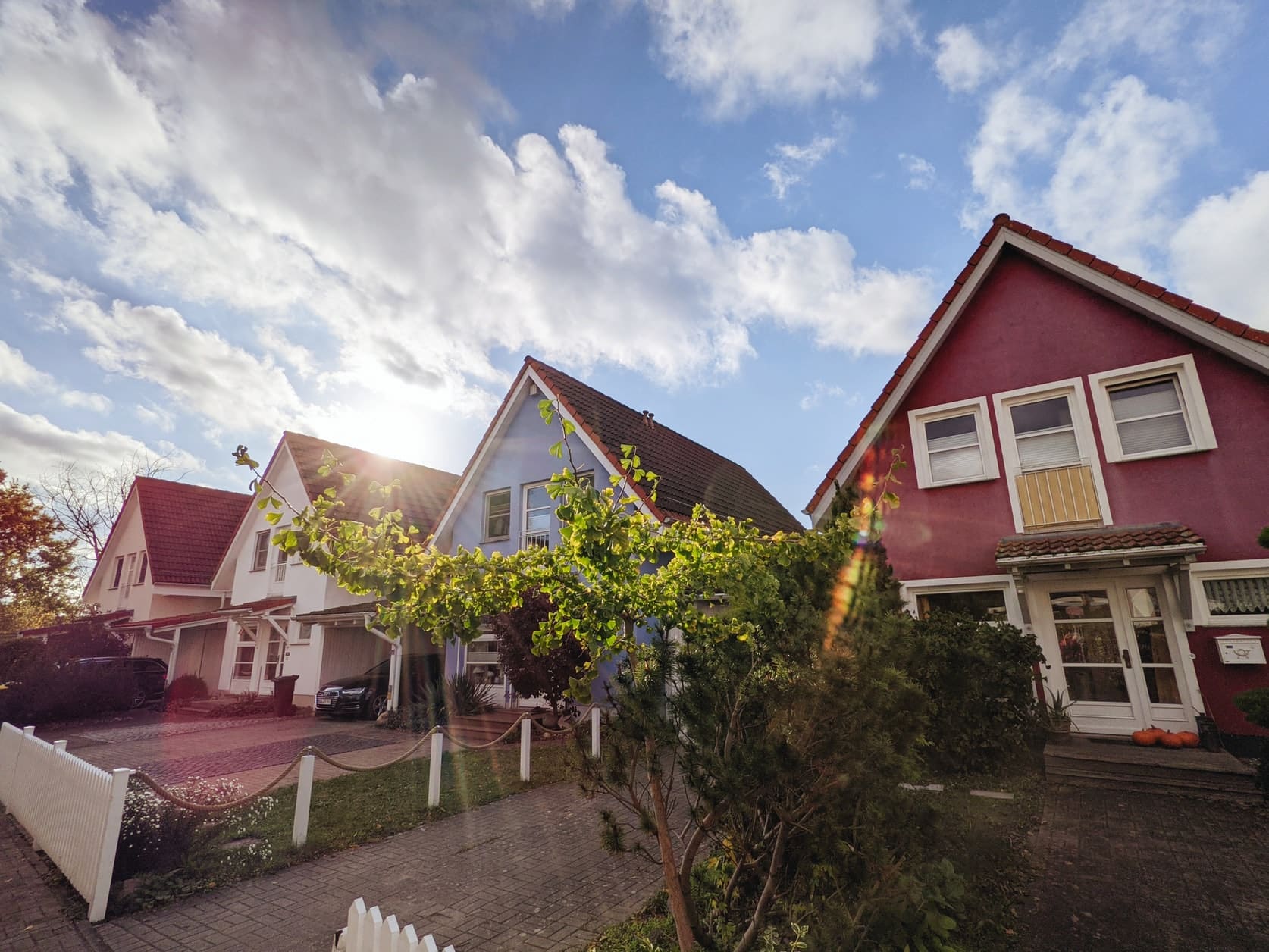Get Expert Financing
- Matched with investor-friendly lenders
- Fast pre-approvals-no W2s required
- Financing options fro rentals, BRRRR, STRs
- Scale your portfolio with confidence
The NYC investment property landscape in 2026 reveals a complex web of opportunity and challenge that savvy investors must navigate carefully. With Manhattan rental vacancy rates projected to stay below 3% and property values showing modest but steady appreciation, the fundamentals suggest a resilient market despite elevated borrowing costs.
Current data indicates that multifamily investment property loan rates in New York City have stabilized around 5.29% for prime borrowers, with projections suggesting potential drops to approximately 5.2% by late 2026. This represents a significant shift from the volatility experienced in previous years, offering investors a clearer framework for financial planning.
The New York investment property financing market operates under unique pressures that distinguish it from national trends. Property prices are forecast to rise about 4% in 2026 following a 3% increase in 2025, creating a measured appreciation environment that rewards strategic positioning over speculative plays.
Manhattan continues to dominate investor attention with well-located multifamily assets commanding premium valuations. However, Brooklyn and the Bronx present compelling opportunities for investors seeking higher returns on renovation and value-add strategies. The geographic variation in pricing creates multiple entry points for different investment approaches.
| Metric | Projection | Impact on Financing |
|---|---|---|
| Property Price Growth | 4% annually | Moderate equity appreciation |
| Rental Vacancy Rate | Below 3% | Strong cash flow potential |
| Average Loan Rates | 5.2-5.29% | Manageable debt service costs |
| DSCR Requirements | 1.20-1.25 minimum | Standard underwriting criteria |
Investment property mortgage requirements in NYC maintain stringent standards that reflect both market maturity and regulatory oversight. Minimum down payments typically range from 20-30% for investment properties, with loan-to-value ratios rarely exceeding 80% for non-owner-occupied assets.
Credit score requirements have remained consistently high, with most competitive rates reserved for borrowers maintaining scores of 680 or higher. The debt service coverage ratio requirements of 1.20-1.25 ensure that properties generate sufficient income to support mortgage obligations while providing reasonable cash flow margins.
Documentation requirements encompass comprehensive financial analysis including property cash flow projections, detailed asset and liability statements, and verified income documentation. This thorough underwriting process, while demanding, creates market stability by ensuring qualified borrowers and sustainable investment structures.
The diversity of financing options available in the NYC market reflects the sophisticated needs of real estate investors operating at various scales and investment strategies.
Conventional Financing: Local and national banks, credit unions, and specialized multifamily lenders provide the foundation of investment property financing. These institutions offer both fixed and adjustable-rate loans with terms extending up to 30 years, providing predictable payment structures for long-term investment strategies.
Agency Financing: Fannie Mae, Freddie Mac, and FHA-insured multifamily loans serve larger stabilized properties with competitive rates and non-recourse options. These programs particularly benefit investors focused on properties with established operating histories and stable cash flows.
Alternative Financing Solutions: Portfolio lenders and private commercial banks fill critical gaps with bridge loans and interest-only financing options. While typically carrying higher rates, these products offer greater flexibility for value-add projects, transitional properties, and mixed-use developments that don’t fit conventional lending parameters.
The trajectory of NYC investment property loan rates reflects broader economic factors while maintaining local market characteristics. Current rates starting at 5.29% for prime borrowers represent stabilization after years of volatility, with potential decreases toward 5.2% contingent on Federal Reserve policy and inflation trends.
This rate environment creates opportunities for strategic refinancing as properties stabilize and borrowers strengthen their financial profiles. Many investors are positioning themselves to capitalize on future rate improvements while securing current financing at manageable levels.
Manhattan Focus Areas: Despite premium pricing, Manhattan offers superior price-to-rent ratios in select neighborhoods, particularly for properties with renovation potential or conversion opportunities. The concentration of high-income renters supports premium rental rates that can justify acquisition costs.
Brooklyn and Outer Borough Opportunities: These markets continue providing attractive returns through renovation projects and emerging neighborhood dynamics. Lower acquisition costs combined with improving transportation infrastructure create compelling investment scenarios for patient capital.
Mixed-Use and Commercial Properties: NYC’s diverse commercial real estate sector benefits from customized lending approaches that address acquisition, value-add renovations, new construction, and strategic refinancing needs.
Most lenders require 20-30% down payment, credit scores above 680, and debt service coverage ratios of at least 1.20-1.25. Full documentation of income, assets, and property cash flow projections are standard requirements.
Investment property rates typically run 0.5-1.0% higher than primary residence mortgages, reflecting increased risk factors. Current NYC investment property rates start around 5.29% for qualified borrowers.
Bridge loans and portfolio lending products offer greater flexibility for properties requiring renovation or repositioning. These short-term solutions typically carry higher rates but provide the speed and adaptability needed for value-add strategies.
The NYC investment property market in 2026 rewards prepared investors who understand both financing fundamentals and local market dynamics. With rental demand remaining strong and financing options spanning conventional through innovative structures, the foundation exists for successful investment strategies.
Strategic success requires matching financing solutions to specific property types and investment timelines while maintaining adequate reserves for market fluctuations. The current rate environment and market fundamentals suggest opportunities for investors who can navigate the complexity of NYC real estate financing.
Connect with specialized NYC investment property lenders today to explore financing options tailored to your investment strategy and discover how current market conditions can work in your favor.
Our advice is based on experience in the mortgage industry and we are dedicated to helping you achieve your goal of owning a home. We may receive compensation from partner banks when you view mortgage rates listed on our website.


